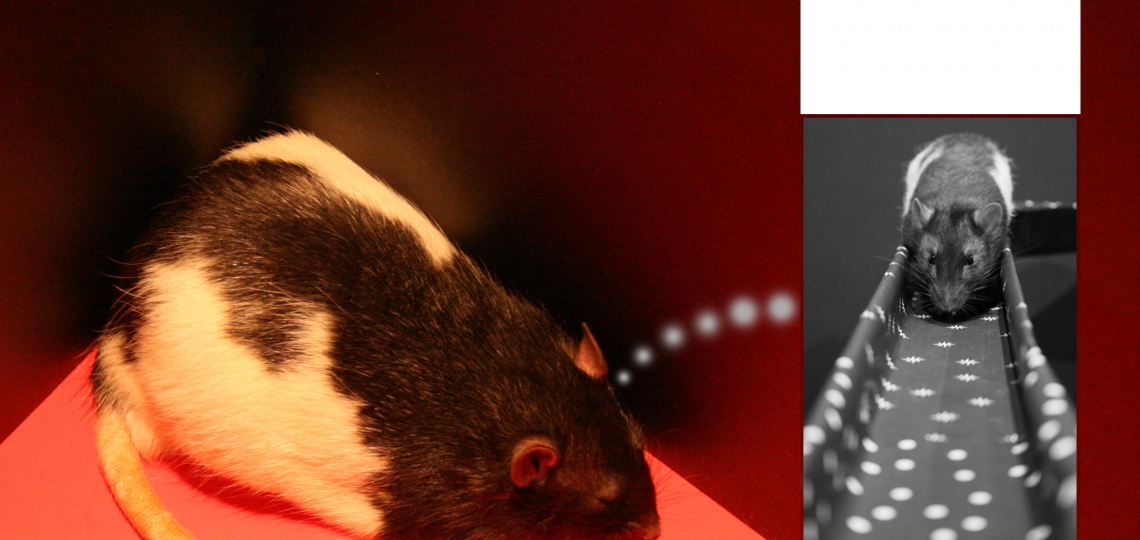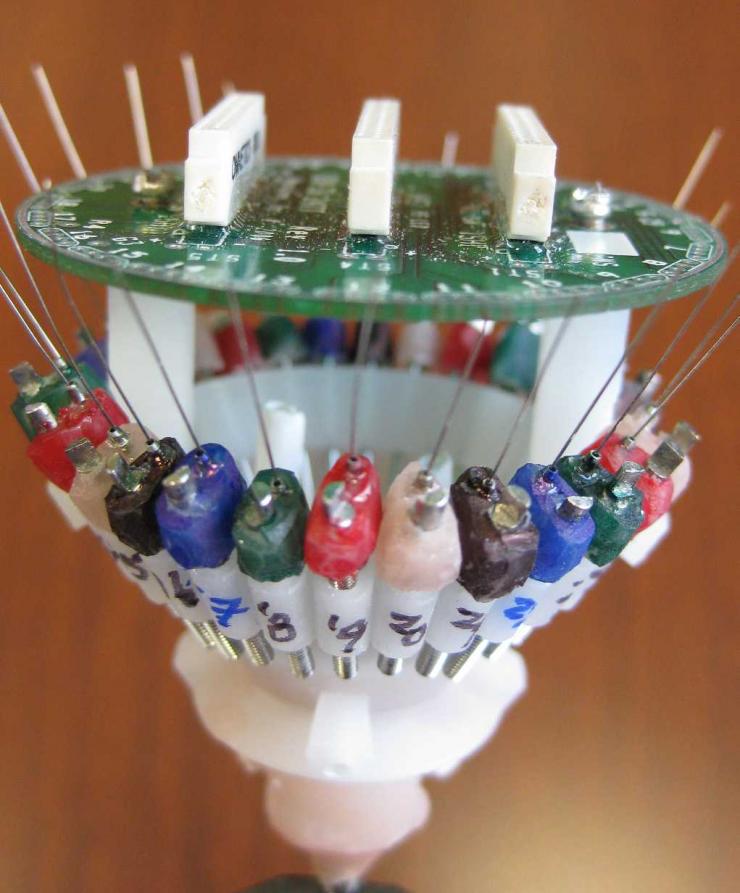
The Ji Lab investigates how the neural circuits in the brain encode, consolidate, and retrieve memories.
Research Interests
The brain is incredibly efficient at turning whatever happens to us into the so-called episodic memory. The life-long accumulation of episodic memories greatly defines who we are and decides what we do. The Ji Laboratory aims to understand how the brain forms, stores, and uses episodic memories.
A recent theme in our research attempts to understand how the brain uses memories to guide or misguide the behavior. Many questions in the every day life are related to this research topic. Is seeing really believing? Why do we sometimes see things not there? How does our memory guide us walking in the dark? Why do we dream? Are dreams shaped by memories? Why are dreams bizarre, and yet make sense? Why do patients with post traumatic stress disorder suffer from recalls of unwanted memories? When we get old, why are we obsessed with our existing memories, but relatively uninterested in learning new things? How do behaviors break down in Alzheimer’s disease patients, who suffer from memory loss?
Research Approaches

Almost all complex behaviors are mediated by neurons, the primary cell type in the brain. Unlike other major cell types in the body, neurons are interconnected to form complex circuits and constantly communicate among themselves using action potentials (spikes). It is these circuits, like electronic circuits, that process sensory input, represent and store information, and generate behavioral responses. More importantly, the specificity of information, such as eating either a McDonald BigMac or a BurgerKing Whopper for lunch, is likely achieved at the cellular level by the spiking activity, as a result of the computation done by specially designed neural circuits.
Therefore, our basic approach is to look at individual cells, many of them at the same time, in multiple brain circuits of live animals (rats or mice) while they form/recall memories, or while they are sleeping/dreaming. We insert tiny, special electrodes into an animal’s brain, which can wire-tap spiking activities of up to hundreds of neurons simultaneously. The unique advantage of the electrode recording in rodents is that it allows us to monitor brain activities while animals are running around during spatial memory tasks. These tasks can be manipulated in order to evoke special brain activities or to study specific aspects of episodic memory. The animals can be manipulated pharmacologically or genetically to study how neurological diseases and psychiatric disorders alter the functions of cells and circuits. We also use theoretical approaches to extract and understand patterns of the complex neural data.








